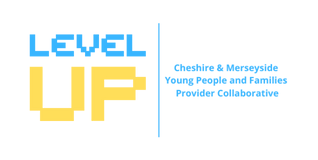In this section you will find guidance around CNEST ratings and clinical recommendations.
Overall CNEST rating
Use the rating for the section A and section B in the following matrix to get the Overall CNEST rating. The purpose of the tool is to do a stratification of complex, unmet needs considering relative risks; it does not replace individual risk assessments.
| Section B: Impacting Factors | |||||
| High | Medium | Low | |||
| Section A: Clinical Factors | High | High | High | Medium | |
| Medium | High | Medium | Low | ||
| Low | Medium | Low | Low | ||
Once you have the over CNEST rating you will be able to access which clinical recommendation to use this will be HIGH, MEDIUM or LOW. You can find the clinical recommendations in the tool by using the tabs along the bottom.
We have also included the clinical recommendations below:
HighA high CNEST rating indicates a high level of complexity/unmet need that requires an increased response from the multiagency system supporting the young person, family and carers. Without an appropriate response it is highly likely the young person will require admission to a Tier 4 CAMHS unit or present at A&E in mental health crisis. With a high rating, the needs of the young person should be taken to the relevant multi-disciplinary team meeting and follow CYPMH service local escalation procedures. The young person’s needs may also be discussed at the place-based Gateway Meeting. These meetings can be called as a matter of urgency if required (see Appendix C). This meeting aims to ensure that all agencies take collective responsibility for the care and welfare of young people who have likelihood of increased admission to Tier 4 CAMHS and meet any identified unmet needs as a matter of urgency.
At this level of need, clinicians should ensure the following steps have been considered and completed as appropriate:
Please ensure all recommendations for medium and low have already been considered and completed as appropriate. |
MediumA CNEST rating of medium indicates a moderate level of complexity/unmet need. The young person’s presentation is concerning and could still worsen. There is a possibility that this young person will move into a ‘high’ rating, if there is not a review of the multiagency package of care to ensure that all appropriate actions and interventions are being put in place. At this level, clinicians should ensure the following steps have been considered and completed as appropriate:
Please ensure all recommendations for low likelihood of admission have already been considered and completed as appropriate. |
LowA CNEST rating of low indicates the young person has low level of complexity/unmet need. For young people at all levels of need:
|

